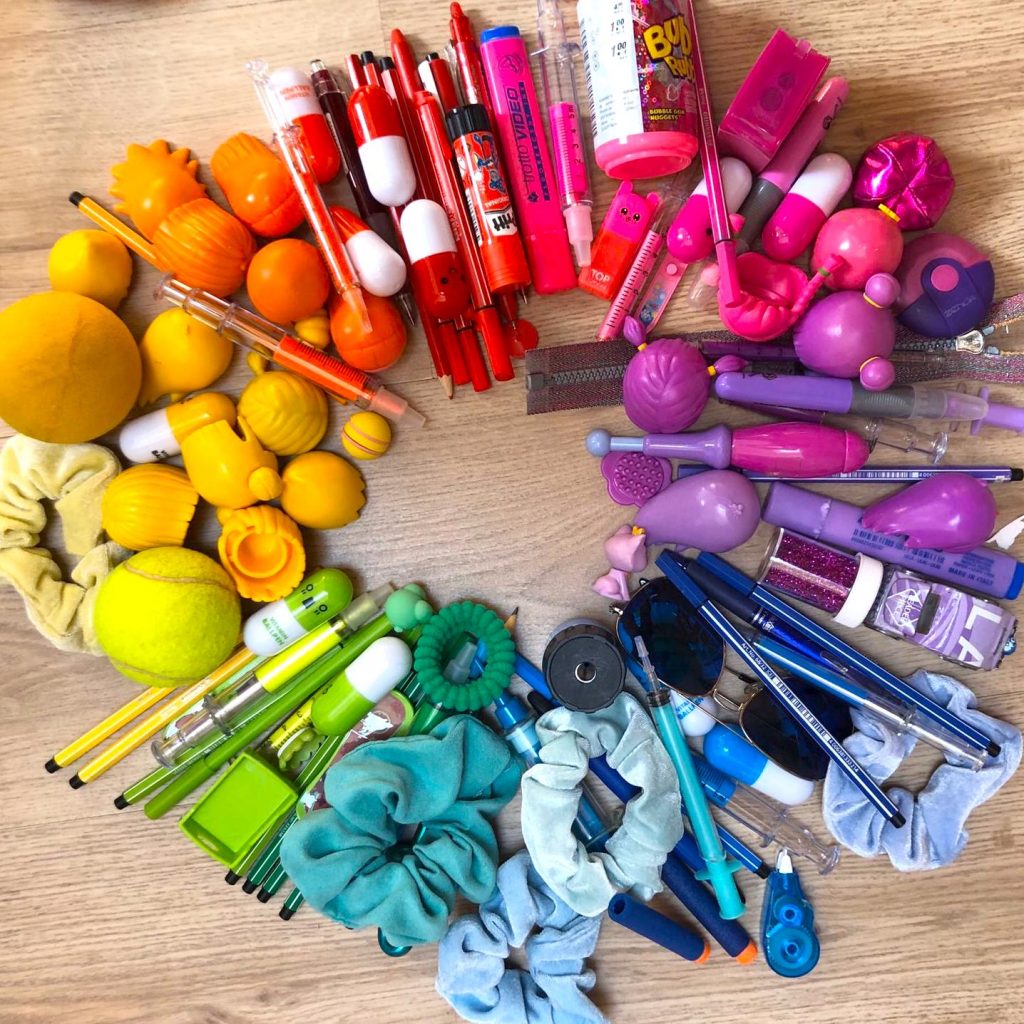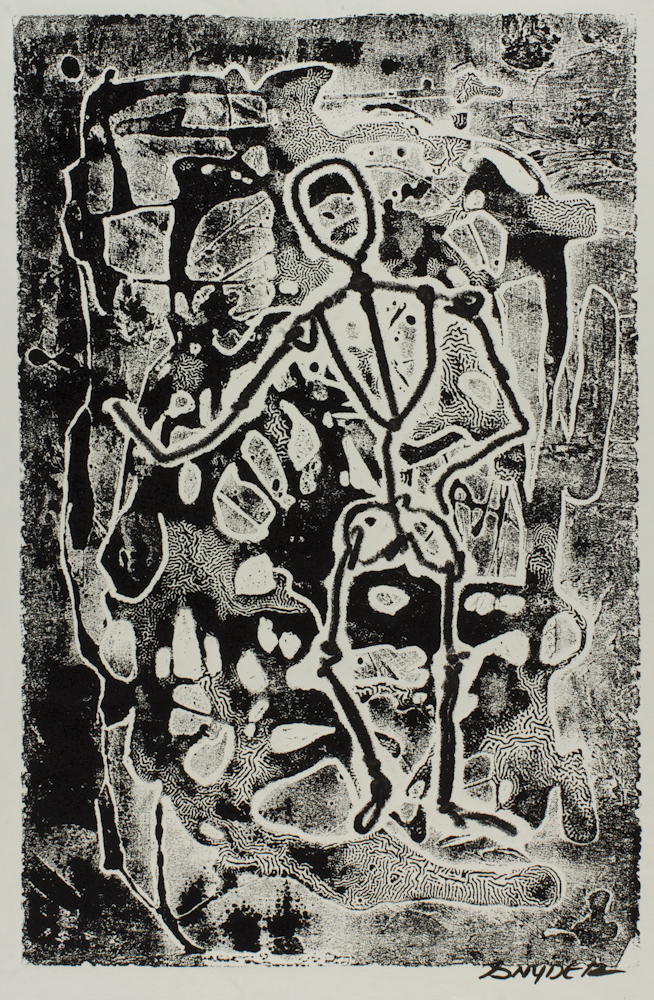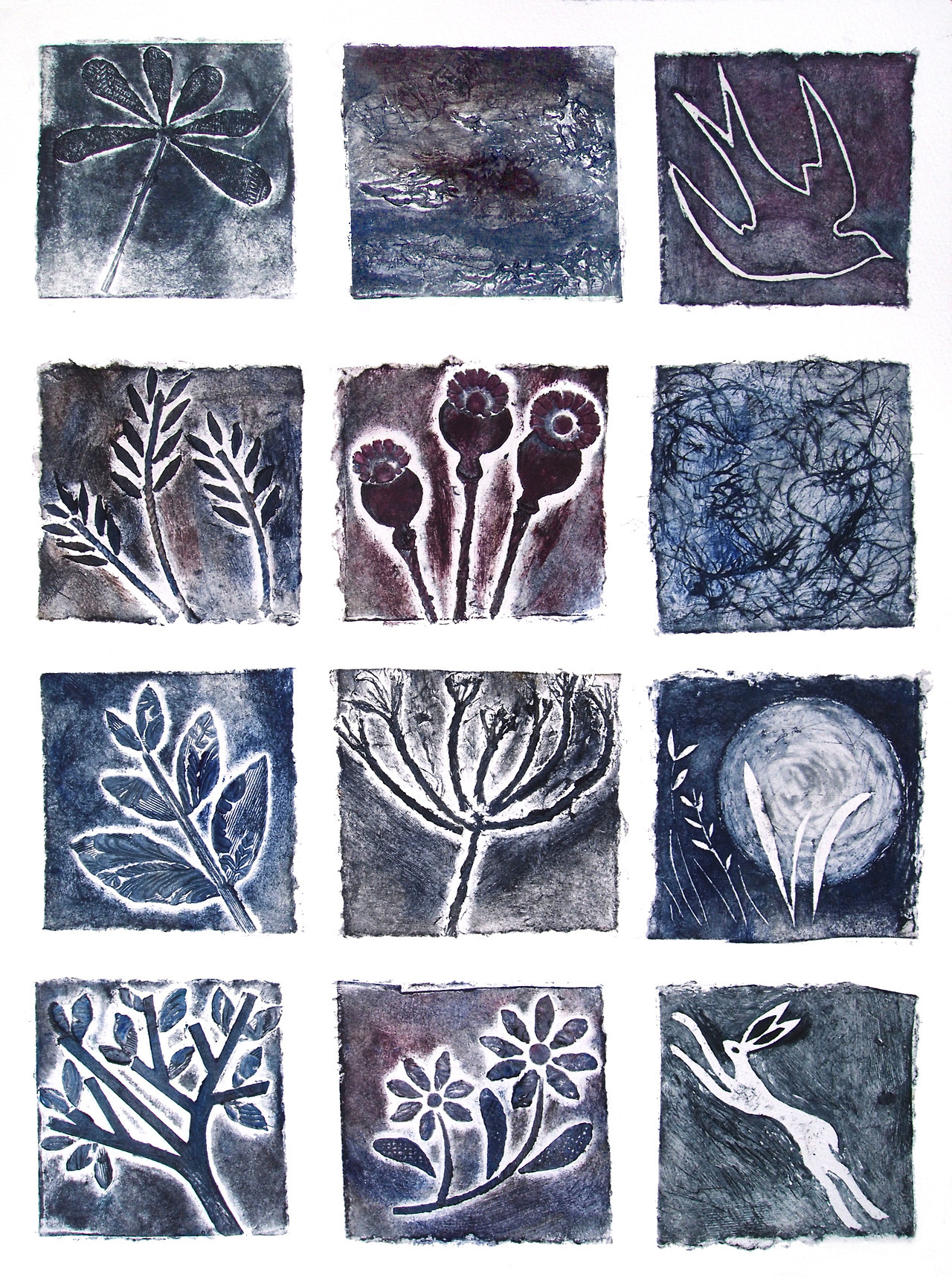Found Objects and Recycled Art
Found Object Color Wheel
Collect lots of colourful objects from around your home. Use a clear area to organize your objects. Start with the 3 primary colours: Red, Yellow and Blue, then start adding the "in-between" colours called Secondary colours: Green, Orange, and Purple. Compare objects side by side to help you place them. This video is a great example of what do do: https://www.youtube.com/watch?v=06--YwDU86A
Snap a pic and send it to me or share on google: htabma@educbe.ca
Collagraph
A colour graph? No, silly, it's a name for a simple print-making technique. A collagraph collages different textured materials onto a plate to print from. They can look like this:
Suzy Mackenzie (2015)
Jet James
Materials:
Optional - cereal boxes, tissue paper, fabric, foam, burlap, leaves, twigs, seeds, straw, grass, dried flowers, rice, sand, eggshells, yarn, string, netting, cling wrap, or other recycled materials
Needed - paper, glue, chalk, paint, sponge
Making the printing plate:
Start with a heavy paper base for the plate, use chipboard or cardboard and make sure it is not larger than the paper you will print on (any paper).To make abstract work using a variety of textures or repeating shapes. If you have a subject in mind, start with a sketch to guide your planning. Remember, a print will be mirrored in the final copy.
Then create! Cut out, compose and glue down your collagraph. Let dry.


Printing Your Collagraph:
There are different methods to make your prints, as a rubbing, or as a print.
1) To make a rubbing, cover your plate with a paper and use crayon, charcoal or chalk to bring out the image and textures. Play around with using several colours, you can make many copies!
2) To print, use a sponge or brayer (roller) to dab paint onto the printing plate. Tempera paint is easy to use for this, but acrylic paint will work too. Make sure you wipe the plate clean after printing. Lay the paper carefully over the plate and rub the heel of your hand in circles to get the paint onto the paper. Take a corner and gently lift. There is your print! Try making prints with different colours or even combining colors in 1 print.
Example:
Send me photos of your work! htabma@educbe.ca











Comments
Post a Comment